
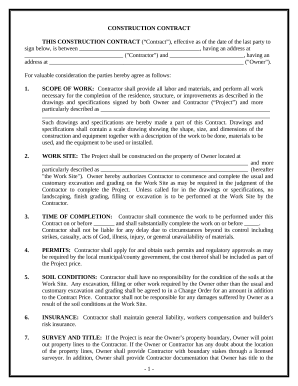
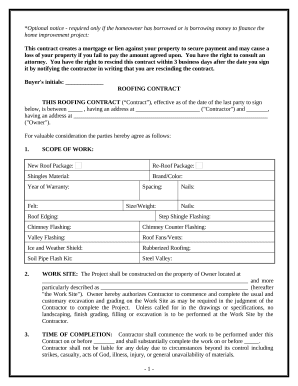
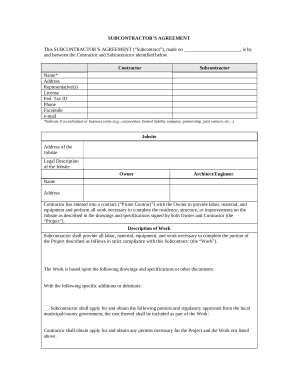
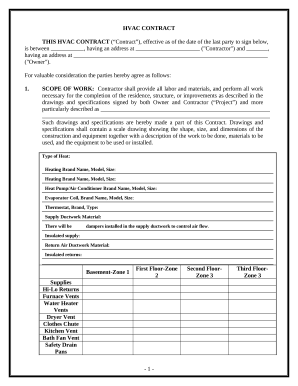

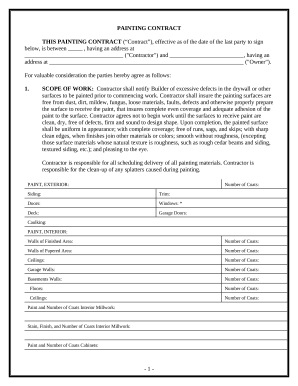

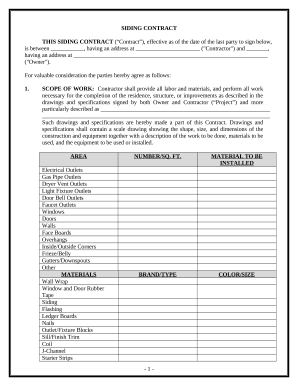
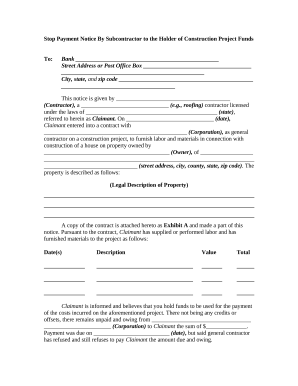
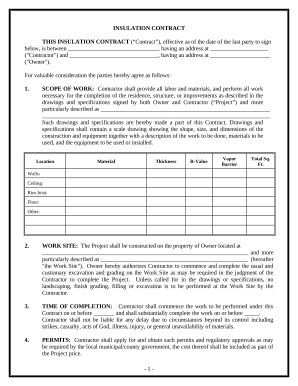
Document administration takes up to half of your business hours. With DocHub, it is possible to reclaim your office time and improve your team's productivity. Get Construction Contractors Contracts category and investigate all form templates related to your daily workflows.
Effortlessly use Construction Contractors Contracts:
Speed up your daily file administration with the Construction Contractors Contracts. Get your free DocHub profile today to explore all templates.